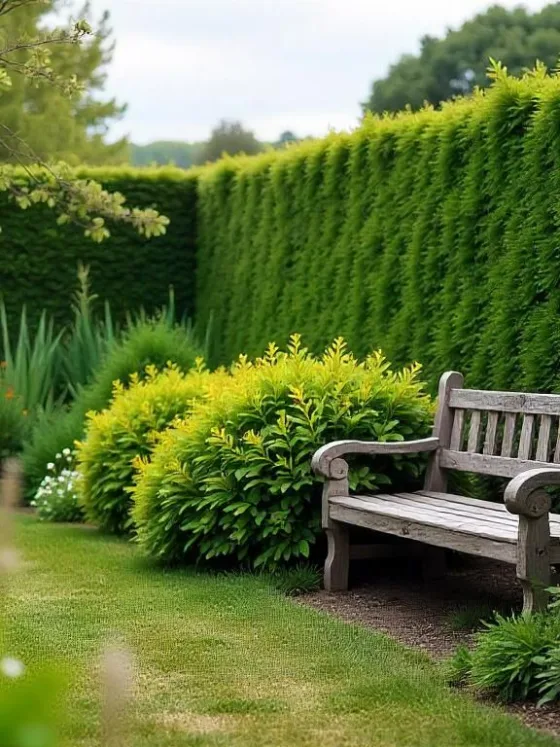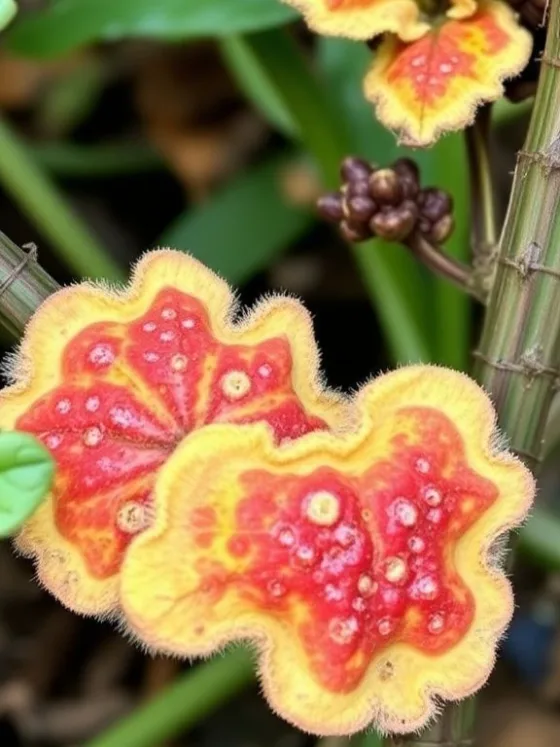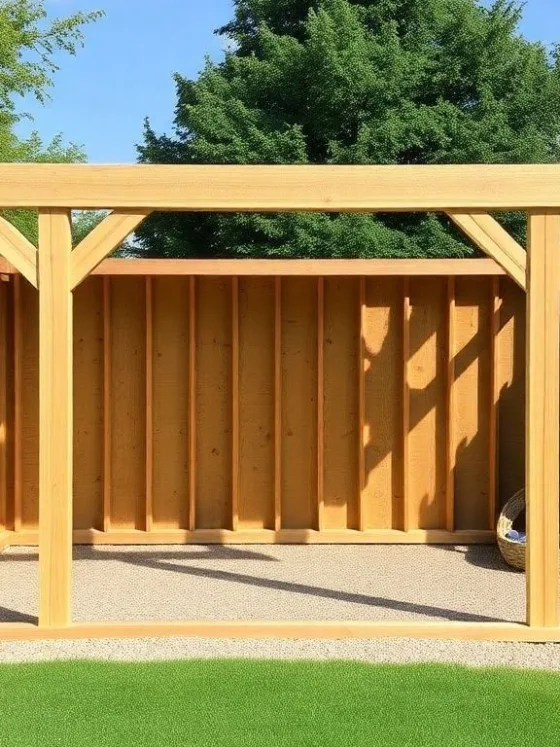Table of Contents Show
Some people have a green thumb; I had the touch of doom. Every plant that entered my home met an untimely death—something I’ve never quite been able to explain.
Everyone in my family, whether my mum, dad or granny, has always had a green thumb. Growing up, I’ve always seen a bountiful kitchen garden and fresh flowers on the table. Naturally, I assumed that just like the gene for diabetes and dimples, I’ve inherited the gene for gardening skills too.
In 2018, when I moved to my own apartment, I decided to have my own green corner. It all sounded great in my head, until it was not. I looked into growing fruits, herbs and other types of plants in my tiny London flat. I followed the instructions and did what I was supposed to do, expecting to see progress.
But alas, I was wrong. Every plant I brought home died, and I was in complete despair. This is where most people would give up, but I was firm on my decision to successfully grow a plant, no matter what it took.
Here are the lessons I’ve learnt going from being a brown thumb to being a green thumb.
Water, Water Everywhere
As a new plant mum, I thought that watering a plant was the key to its survival. I diligently watered my plants twice a day, sometimes even thrice. Both my plants and I were chugging a lot of water, but instead of thriving, they kept dying.
What I failed to realise is that indoor plants don’t need as much water as outdoor plants. Overwatering leads to root rot, and despite my strongest belief, when the soil is flooded, the roots cannot actually absorb water or nutrients.
This is what I have learnt: before watering a plant, its important to check if the top of the soil is dry. For some plants, like cactuses, you can even wait a week before watering them again. Less is more when it comes to watering plants. You can always add more water, but you cannot take out excess.
ALSO READ: The Noble Art of Composting: A Gift to Yourself, Your Garden and Your Planet
Being an Overbearing Plant Mum
Remember how annoying it would get if your mum would constantly keep tabs on you? We all know that feeling of desperation, and it’s the same for plants. I became obsessed with my plants because they kept dying. And ironically, they were dying because I was obsessing over them.
Plants are living organisms, and each one is unique. No two leaves or shoots are exactly the same. While an occasional trim or removing a dead leaf is fine, constant picking and pruning can put unnecessary stress on the plant.
I had this unrealistic expectation that my real plants should look as flawless as plastic ones. But when I finally let them be, they thrived—and so did I.
Locating the Right Location
When it comes to plants, the location can make all the difference. When I used to leave for work at 08 AM, I assumed my kitchen window was the perfect spot for my plants because that’s where the morning sunlight streamed in. I was convinced I had nailed the placement on my first try.
Like everything else, I was woefully wrong.
It was only when I was home in the morning on a random weekend that I realised the morning light in my kitchen lasted only a few hours. By 10 AM, the sunlight moved to my living room, where it stayed until sunset.
Curious, I downloaded a compass app on my phone and discovered my living room faced south-west—a direction my grandma swore was the best for plants. Amazingly, by changing the location of the pots, I could see almost immediate results. Who knew that pot placement could have such an effect?
ALSO READ: A Vegetable Garden for Everyone: Discovering the True Meaning of Fresh
Picking The Right ‘One’
Just like it’s important to choose your partner carefully, it’s also important to choose your plant carefully. Not all plants are ideal for everyone. I assumed the plants that grew at our family home would grow in my London flat. However, I learnt the hard way that it doesn’t work like that. Plants like geraniums, marigolds and petunias grow well in London weather, while others can have trouble sprouting.
Kitchen herbs also adapt well to London’s climate, making them a great choice for home gardening. I grow a variety of fresh herbs like basil, thyme, and mint, which flourish in my small space. Lately, I’ve also shifted my focus to hardy indoor plants—the kind that can survive even the most neglectful plant parent (like me). Dwarf bamboo has been a fantastic addition, thriving despite my less-than-perfect gardening skills.
ALSO READ: Fall Gardening: What to Do with Plants
Final Words
Having been a brown thumb all my life, I was on the verge of giving up or, worse, switching to fake plastic plants (yes, it’s sacrilegious). However, I persisted because I love plants. With plants scattered throughout, my tiny flat offers fresh air in a polluted city like London.
These were the four top gardening tips I’ve learnt after talking to professionals and through my own experience. But my biggest advice to all fellow brown thumbs would be not giving up on your gardening dreams. Keep trying, and you’ll find a plant that will finally help you make the breakthrough.
Happy growing!
FAQs
One of the most common mistakes is overwatering plants. New plant owners often think that more water will help their plants thrive, but this can lead to root rot. It’s essential to check if the top of the soil is dry before watering.
The watering frequency depends on the type of plant. Many indoor plants require less water than outdoor plants. It’s a good practice to wait until the top of the soil is dry before watering again, and for some plants, like cactuses, you may only need to water them once a week.
If you’re constantly picking, pruning, or checking on your plant, it can lead to stress and hinder its growth. Allow your plants some space to grow naturally without excessive interference.
Location is crucial for plant health. Different plants require varying amounts of sunlight. It’s important to observe how much light a specific area receives throughout the day and place your plants accordingly for optimal growth.
For beginners, especially those in urban settings like London, hardy indoor plants and kitchen herbs are great options. Plants like basil, thyme, mint, and dwarf bamboo thrive in smaller spaces and can tolerate some neglect.
When selecting a plant, consider your living environment, the amount of light available, and your gardening skills. Not all plants will adapt well to every location, so it’s essential to choose varieties that are suited for your specific conditions.









